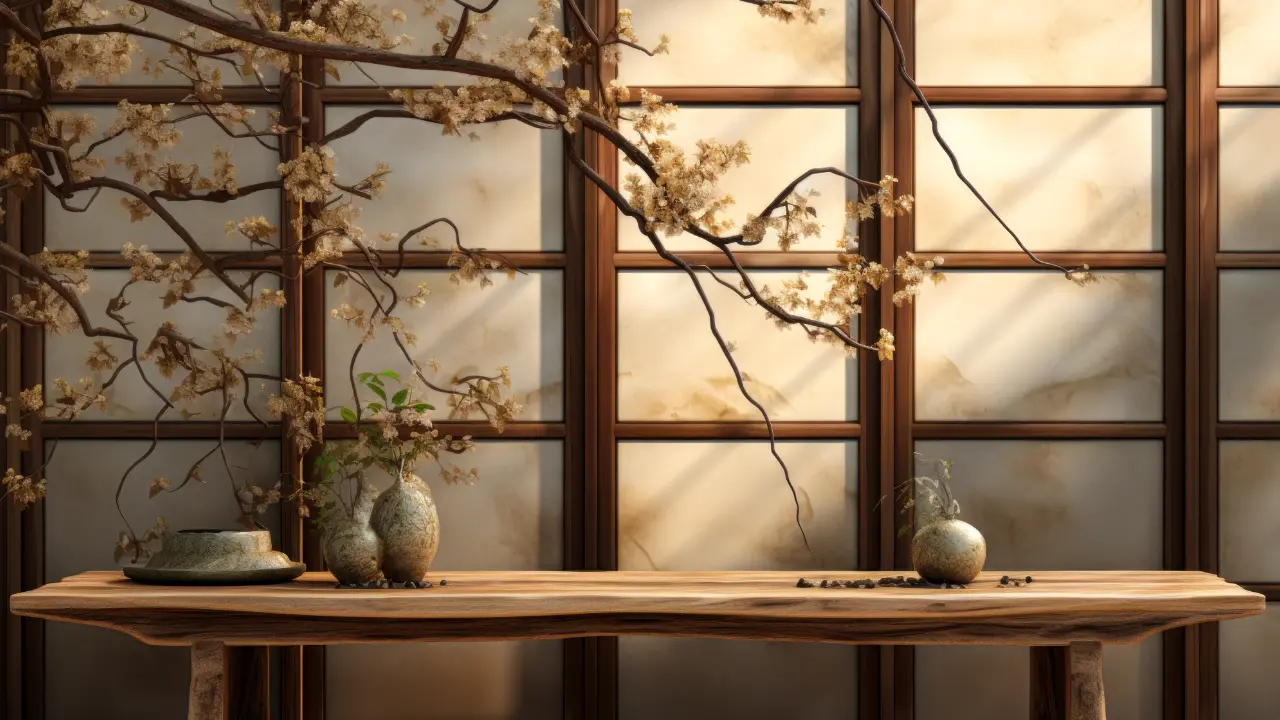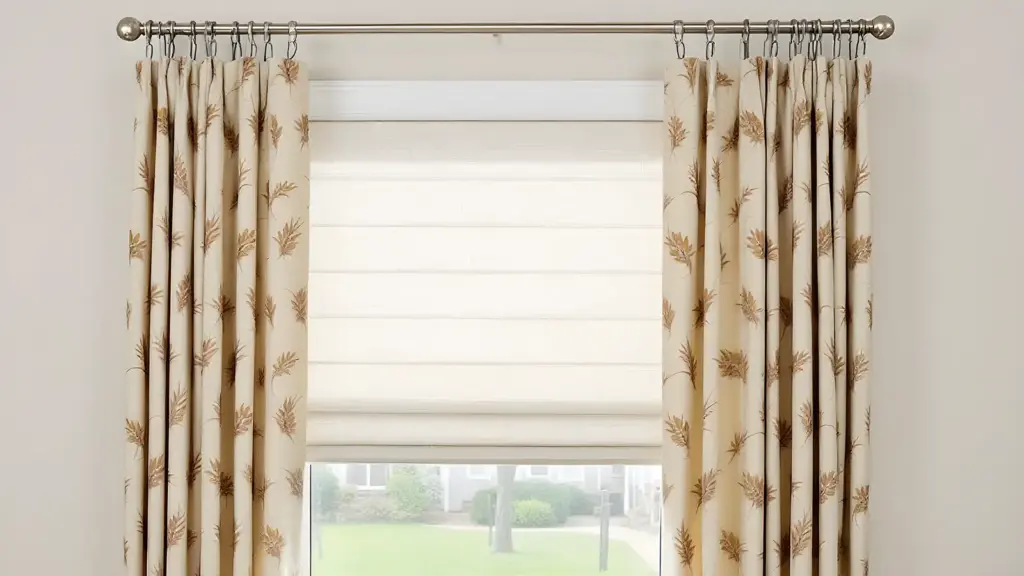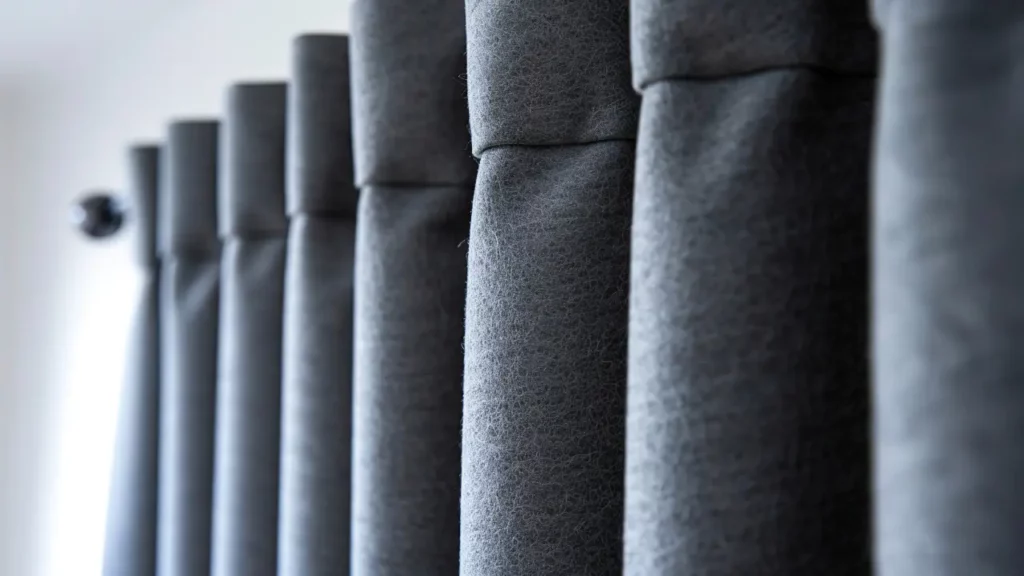How to Dress Your Windows the Asian Way

Are you looking to infuse more Asian Chi into your home? An excellent start is to dress your windows the Asian way.
In this blog, we’ll explore several Asian-inspired ideas to transform your windows and create a captivating Eastern ambiance. No need to update your passport. We’ll bring Asia to your doorstep — or at least try.
The Essence of Asian Window Treatments
Asian window dressing emphasizes natural elements, minimalism, and a deep connection to cultural traditions. Incorporating these aspects into your window decor can help you achieve a harmonious and tranquil atmosphere in your home.
Choosing the Right Fabrics
Silk, bamboo, and linen are beautiful and culturally significant.
- Silk has been a part of Asian societies for centuries. Its smooth texture and elegant drape are synonymous with luxury.
- Bamboo features prominently in Japanese window treatments. Its natural, earthy vibe strikes a perfect balance between style and simplicity.
- Linen creates a relaxed, casual ambiance due to its lightweight and breathable nature.
- Other options include cotton, hemp, and paper.
- Whichever fabric you choose, make sure it aligns with the overall aesthetic of your home.
Embracing Natural Light
Many Asian window treatments allow natural light to percolate the room during the day. This promotes a sense of openness.
Whether the soft glow filtering through a Shoji screen or the striking silhouette of bamboo blinds, the interplay between light and shadow adds depth and texture.
It’s a subtle yet powerful way to connect your home interior with the natural world outside and enhance your living space with the therapeutic benefits of sunlight.
Emphasizing Minimalism
Asian design is all about simplicity. This means ditching the frills and focusing on clean lines and uncluttered aesthetics.
Avoid elaborate draperies or heavy curtains that make a room feel busy. Instead, opt for simple panels or shades that allow the natural beauty of the fabric to shine.
Bamboo shades or unadorned silk curtains are minimalist window treatments that bring an understated elegance to a space. They keep the design uncluttered while providing excellent privacy and light control.
The goal is to create a serene environment that lets nature take center stage.
Color Palette
Asian window treatments typically feature muted earthy colors like beige, cream, and shades of brown. These colors are associated with nature and have a calming effect on a room.
You can integrate accents of vibrant colors. Red is considered lucky in many Asian cultures and represents prosperity and happiness. Other popular colors in Asian design include gold, blue, and green.
Natural Elements & Feng Shui
Feng Shui is an ancient Chinese practice of harmonizing your living environment with the natural world. Potted plants, bamboo blinds, or wooden accents can enhance positive energy or Chi flow in your living space.
Potted plants bring growth, prosperity, and good health. A bamboo plant, in particular, is a Feng Shui favorite known for attracting peace and tranquility.
Bamboo blinds maintain a strong connection with the outside environment, inviting the balance and calmness of nature into your living space.
Wooden accents represent the wood element in Feng Shui. Wood carries the energy of wealth, family, health, and prosperity.
Integrating these natural elements will align your home’s interiors with Feng Shui principles, ushering in peace, balance, and positivity.
Types of Asian Window Treatments
Shoji Screens
Shoji screens are sliding doors of translucent paper stretched over a wooden frame. They’re used in traditional Japanese homes to separate rooms or create a partition. They can also serve as coverings for large windows or sliding glass doors, offering privacy while allowing natural light to filter through with a soft, diffused glow.
Noren Curtains
Noren curtains are a type of split curtain, often featuring Japanese motifs or kanji characters, and usually made from cotton or linen. They hang from a rod above the window and, like Shoji screens, provide good privacy and light control.
Bamboo Shades
Bamboo shades are a budget and eco-friendly window treatment available in various styles, from Roman shades to roll-up options.
They give your space an earthy and natural feel, allowing soft light to seep through. You can layer them with curtains for greater privacy, or use them alone for a minimalist look.
Korean Norigae Curtains
Korean Norigae curtains have decorative ornaments, or “Norigae,” hanging from the top. These ornaments bear symbolic meanings.
Each Norigae design represents different wishes, such as good fortune, health, or prosperity. So, besides enhancing your home’s aesthetic appeal, Norigae curtains imbue your space with positive energy.
They allow natural light to filter into the room, creating a soft, warm ambiance. They’re perfect for rooms with high ceilings, as they draw the eye upwards, making the space seem more expansive.
Korean Hanbok Curtains
The traditional Korean clothing, Hanbok, inspires Korean Hanbok curtains. They feature intricate patterns and bold colors like jade green, royal blue, and fiery red.
These curtains can be a focal point in any room, introducing an explosion of color. Typically made from silk or satin, they have a luxurious feel and a gorgeous drape.
Silk Curtains
Silk curtains grace the room with luxury and elegance. They blend seamlessly with all Asian-themed decor, especially when layered with other fabrics like linen or cotton.
The shimmering quality of silk creates a mesmerizing interplay of light and shadow. It offers a lustrous look with a smooth drape, plus silk effectively blocks light and insulates against heat transfer, making it a practical choice.
Japanese Origami Blinds
Japanese origami blinds draw from the Japanese art of paper folding. Their stiff yet flexible paper can be folded and unfolded, mimicking an origami creation.
When extended, origami blinds provide complete privacy and block out light. When folded, they allow varying degrees of light into the room and reveal a fascinating sculptural design.
Indian Sari Curtains
Indian sari curtains are crafted from upcycled traditional Indian attire for women. They bring an exotic look to your home’s decor, showcasing the patterns, rich colors, and intricate embroidery of Indian textile artistry.
Ornate borders, sequins, mirror work, or intricate bead work reflect India’s diverse cultural heritage. Besides their aesthetic appeal, sari curtains offer good light and privacy control.
Balinese Batik Prints
Bold colors and elaborate designs characterize Balinese batik prints. The batik process uses wax to create patterns on dyed fabric.
This exquisite textile art is sometimes fashioned into curtains or drapes. The prints often feature floral and nature-inspired motifs and range in color from earthy browns to bright blues and greens.
Dressing Your Windows the Asian Way
Now that we’ve explored various styles or principles of Asian window dressing, it’s time to apply that knowledge to your home’s decor.
Step 1: Assess Your Space
Before you begin, assess your room’s size, layout, and the amount of natural light it receives. This will help you determine the type of window treatment that suits your space.
Step 2: Choose the Right Fabrics
Select fabrics that align with your chosen Asian theme. The right fabric can set the tone for the entire room.
Step 3: Embrace Minimalism
Simplicity is key. Opt for clean lines and uncluttered designs that create a sense of calm and serenity.
Step 4: Incorporate Traditional Motifs
Cherry blossoms, koi fish, or bamboo designs can infuse your window treatment with Asian authenticity.
Step 5: Balance Light & Privacy
Choose window coverings that let you adjust the amount of natural light entering your space while maintaining privacy.
Step 6: Add Traditional Accents
Add traditional Asian accents like bonsai trees, lanterns, or shoji screens to complete the look.
Conclusion
Asian-inspired window treatments offer a unique blend of minimalism, natural elements, and cultural influences. They can transform any living space into a serene and harmonious sanctuary.
So, embrace the Asian way and dress your windows with style and purpose!
FAQs: Asian Window Treatments
Q: What are the best fabrics for Asian window treatments?
Silk, bamboo, and linen are excellent choices, but the best fabric depends on your chosen theme and personal preferences.
Q: How can I achieve a minimalist look with Asian window treatments?
Choose simple and uncluttered window coverings, such as bamboo shades or sheer curtains, to achieve a minimalist look.
Q: Are there specific colors associated with Asian window treatments?
While red, black, and gold are often associated with Asian decor, the color palette can vary depending on the regional influence you choose.
Q: Can I mix and match different Asian styles for my windows?
Yes, you can to create a unique and eclectic look.
Q: What are the key principles of Feng Shui for window treatments?
It involves balancing natural light, using natural materials, and ensuring the design promotes positive energy flow.
Q: Where can I find traditional Asian window treatment accessories?
You can find them in specialty stores, online marketplaces, or even through artisans.
Related Links
Related Posts


